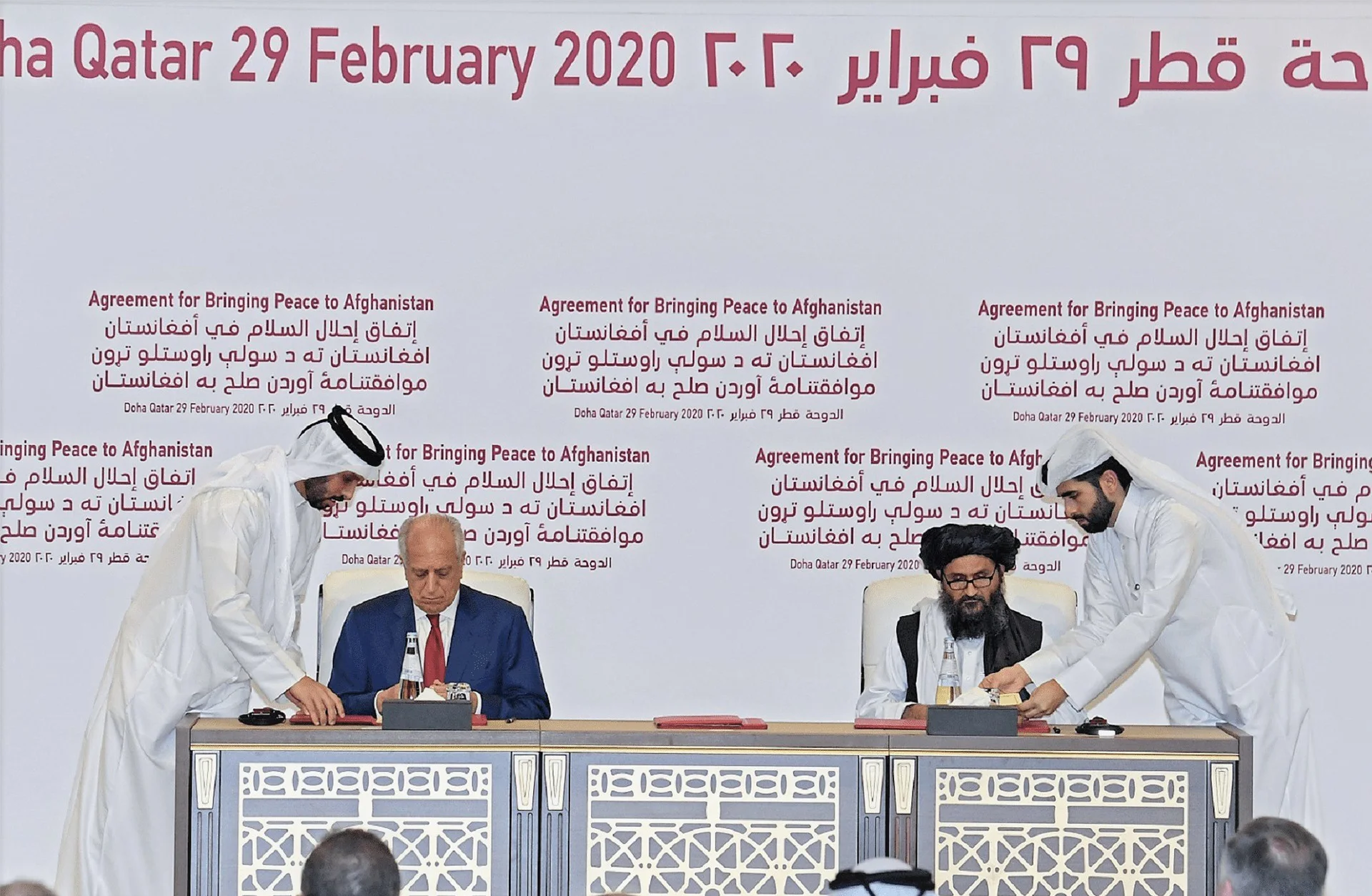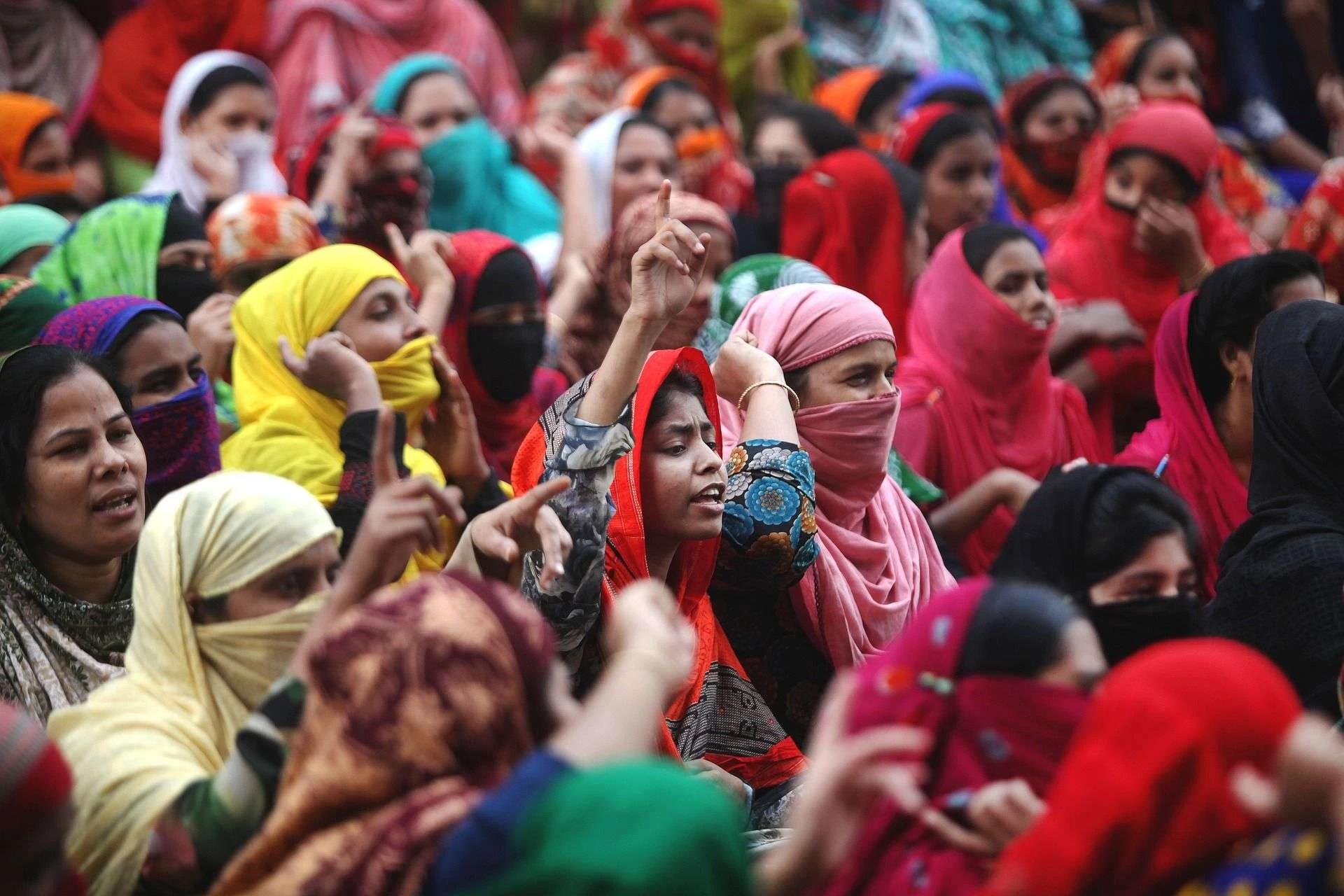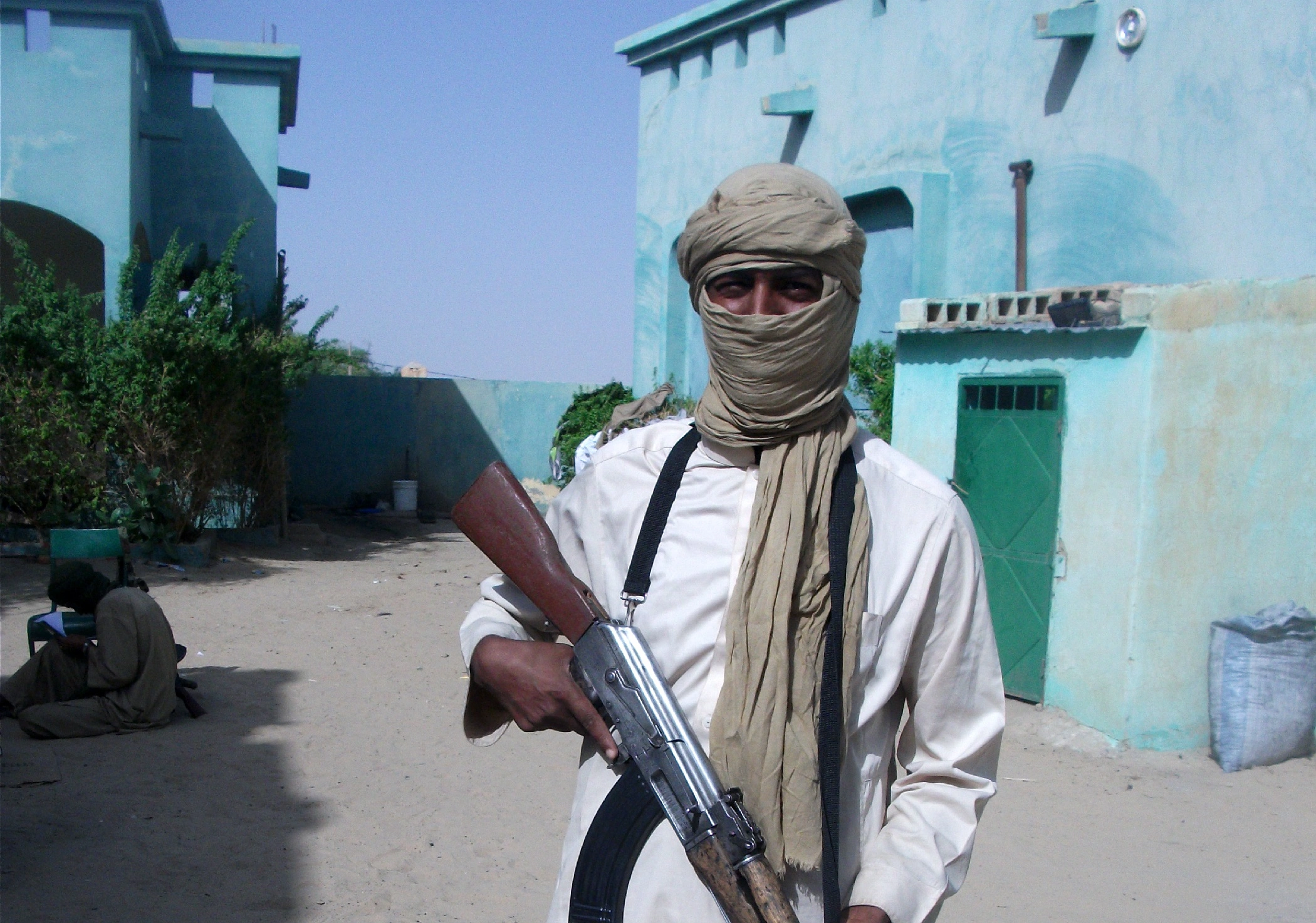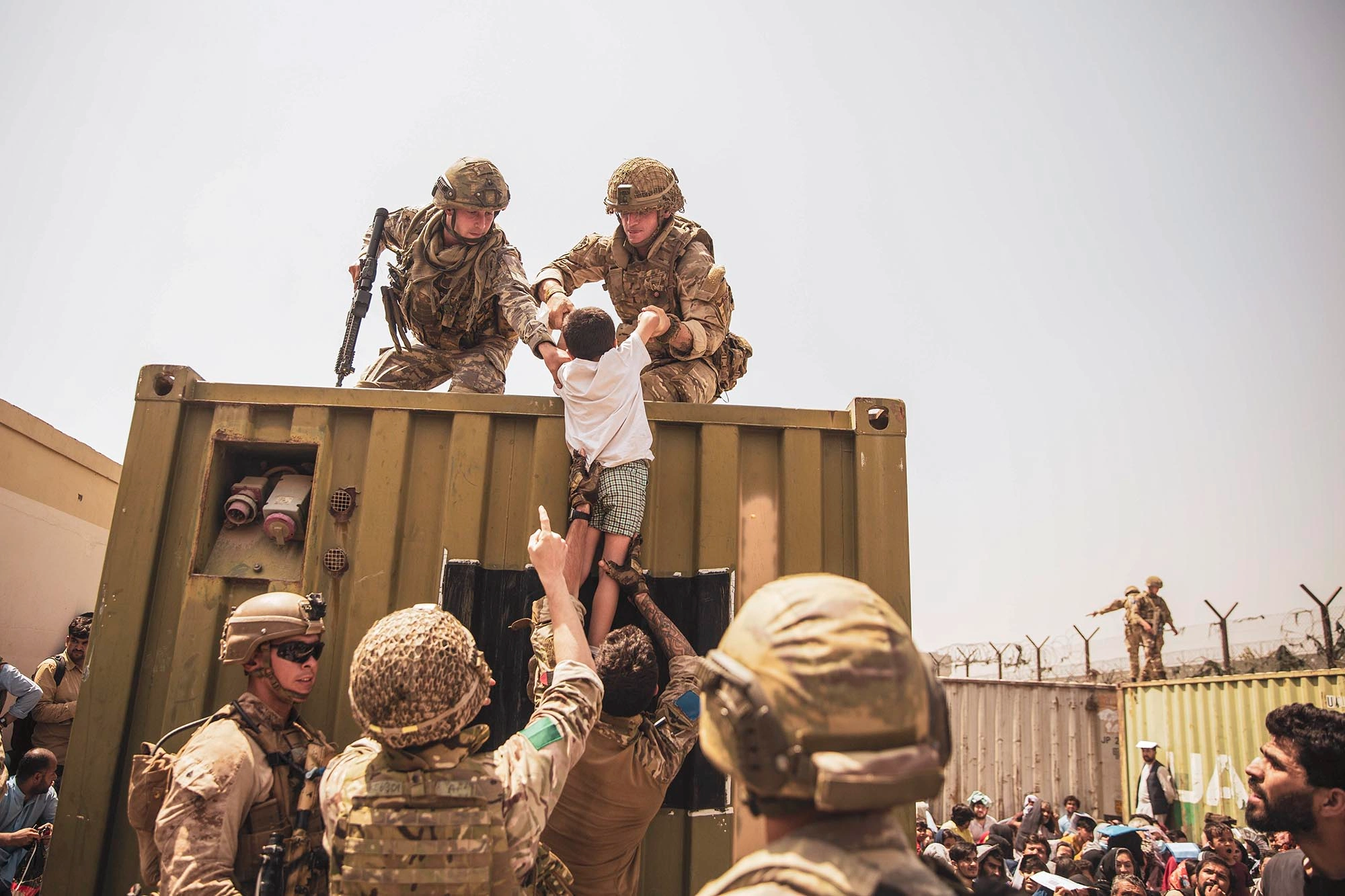South Asia is facing its worst recent health crisis. It is a region with a total population of almost two billion people. India and its neighbours are experiencing an excessive increase in coronavirus infections. The situation is especially vulnerable in smaller countries such as Sri Lanka. However, China is increasing its relief efforts, which analysts say could increase its influence in the region.
Preventive Measures in Sri Lanka
Sri Lanka\’s towns and city streets will once again be silent because people will only get out of their homes for necessities by 25 May. Sri Lanka, like its neighbours, was not badly affected during the first wave last year. The recent spike, however, in COVID-19 cases is posing a serious threat to overcome for its healthcare system. It currently reports approximately 3,000 cases a day, an increase of more than 1,000% a month ago.
Intriguingly, the public health system in Sri Lanka is completely free and widely available. It is still an uphill task to cope with hospitals in the island nation of 21 million. Public health expert Shashika Bandara told BBC that our ability to manage a rise in cases is minimal. We are fine, as long as there is no pandemic increase, the healthcare system is fantastic, as long as there are no other challenges to the system.
New cases are not genomic sufficient, although the UK version is commonly thought to be responsible for their propagation. Experts like Dr Ravi Rannan-Eliya, the Executive Director of Sri Lanka\’s Institute for Health Policy told to BBC that there is more than 50% probability that the B.1.617.2 or Indian variant has also been in the community since April.
Travelling Between India and Sri Lanka; Reluctance of the Sri Lankan Government
Travelling between India and Sri Lanka continued until early May, despite the rise of cases in India. This ‘travel bubble’ between the two states caused worries amongst a lot of people. Notwithstanding warnings by public health officials that Sri Lanka faced an \”Indian situation\” the government failed for weeks to enforce travel restrictions and movement. Many people travelled openly during the traditional New Year in April.
Earlier this year Sri Lanka started immunizing people and was mainly relying on Indian vaccine supplies. Nonetheless, as the situation was worsening in India, the shipments were halted. Ultimately the program had to end. As of 19 May, a dose of one vaccine was given to just six per cent of the population. Similarly, there is great confusion about how or when those receiving AstraZeneca get their second dose.
China’s Donations of Vaccines and ‘Mask Diplomacy’; Concerns and Future Predictions
China has a great influence on South Asia countries. China has donated vaccines, face masks, testing kits and Vaccines to these nations under ‘face mask ‘diplomacy or health diplomacy.
Sri Lanka has received 1.1 million Sinopharm Vaccines as a donation from China, which has contributed to the resumption of its vaccination program.
#China decided to donate another 500,000 doses of #Sinopharm #vaccine within this month to support #SriLankan people fighting current wave of #COVID19
Tally Aid💉🇨🇳🛬🇱🇰raises to 1.1 million@MFA_China @cidcaofficial @GotabayaR @PresRajapaksa #VaccinationForAll #VaccinEquity pic.twitter.com/kFY4DONUlN
— Chinese Embassy in Sri Lanka (@ChinaEmbSL) May 19, 2021
#China firmly stands by #Srilankan people and supports the island fighting against new wave of #COVID19. Supplies of #Sinopharm doses, #Oxygen, #PPE etc and Co-production of #vaccine in #lka to be expedited: 🇨🇳Ambassador Qi Zhenhong assured 🇱🇰Prime Minister @PresRajapaksa today. pic.twitter.com/z4PRtxbJFr
— Chinese Embassy in Sri Lanka (@ChinaEmbSL) May 12, 2021
Moreover, Sri Lanka has confirmed plans to buy more Russian Sputnik V. Apprehensions for immunizations still exist, however, people are ready to get them as cases are rising.
Additionally, Beijing is providing Sri Lanka with financial support as its economy faces pandemic pressure. However, some policy analysts are concerned that this relation will only increase, what commentators called the Chinese \”grip\”, on Sri Lanka.
Sri Lanka is an integral part of the Beijing Belt and Road Initiative (BRI) along with other countries in the region that China supports in dealing with the COVID-19 crises, Nepal, Pakistan and Bangladesh. Indeed, for several years Beijing has invested trillions of dollars in Sri Lankan infrastructure and growth.
Political analyst Asanga Abeyagoonasekera told BBC that China\’s vaccine diplomacy will add another layer to the existing Chinese infrastructure diplomacy on the island.





